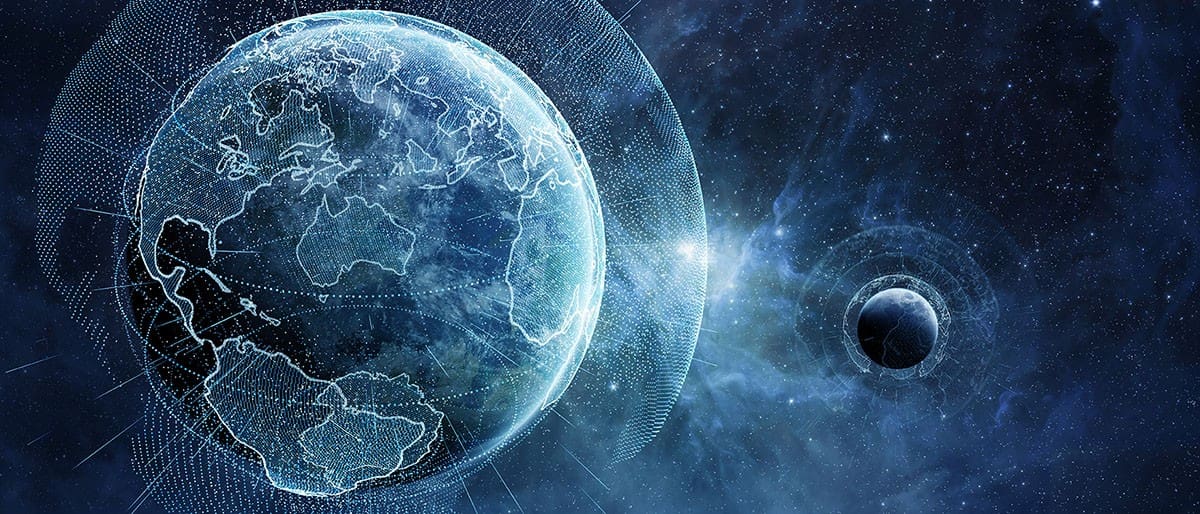Traditionally, space programs have been relegated to the governmental domain, but in recent years, the space industry has been recognized as a force multiplier for significant economic growth. No longer limited to the victors of the international “space race,” more and more civilian investors and entrepreneurs view the Milky Way as the new technology frontier. This emergence of the private space industry is known as NewSpace. Elon Musk and his SpaceX program are frequently front-and-center in the news, and most recently, the world’s first private mission to the International Space Station was completed, carrying three private astronauts. Each of them paid approximately $50 million for their seat.
Israel Getting in on the Galaxy Game
Israel is joining the US, Russia, and China in its quest to conquer Outer Space. The country announced its plans to invest $180 million over the next five years to develop civilian space technologies. Some of their goals are to double the number of Israeli space companies, quadruple the number of people employed in the space industry, increase the academic focus on space research, and secure Israel’s placement in several international space-related organizations.
Israel also continues to support The Israel Innovation Authority and Space Florida’s collaboration on an annual competition calling for project proposals valued at $1 million in funding “to support research, development, and commercialization of aerospace and related technology projects.”
Israel’s focus on the NewSpace industry has already borne several promising space technologies. But the use of AI applications, in particular, has the country holding its breath. That’s because recent breakthroughs in AI visual technologies are bringing the far reaches of the universe closer than ever.

Visual Tech is Already Blasting Off
Over the last decade, there has been a massive growth in data collected from observation satellites and other types of established infrastructure. However, ground stations needed to piece together the data before the imagery could begin to be analyzed. The ability of AI to analyze this detailed satellite data will be a game-changer for science.
Maris-Tech – an Israel-based provider of intelligent video transmission technology – and its edge computing solutions have been qualified for the NewSpace industry as part of intelligent observation and monitoring systems. In 2019, SpaceIL, in cooperation with Israel Aerospace Industries, launched a small lunar lander, which became the first private entity in history to reach the moon. Maris’ video system was mounted on the space probe to monitor the status and progress toward the moon landing. Although a malfunction caused the probe to crash on the moon, Maris’ video system was able to capture and transmit images and videos during orbit and up to the moment of impact. Based on this success, Maris was tapped to embed its Jupiter AI-Space solution in the next SpaceIL Beresheet mission in 2024. Maris will oversee camera operation, image processing, and additional processing, including hosting a landing algorithm.
Other countries are also experimenting with AI video analytics. For example, in 2018, a joint team of NASA and Intel researchers collaborated on an AI-based intelligent navigation system for planet exploration. They trained the AI model using millions of images from observation satellites and created a virtual Moon map. The Japanese Space Agency also developed an intelligent AI-based system that autonomously took photos and videos of space-related experiments. The UK Space Agency and Italian Space Agency are both involved in projects focused on advancing AI technologies.
AI Aiming for the Stars
AI has made strides in every area of our lives. It has affected how we work, how we bank, how we shop, and how we date. Imagine the possibilities when AI applications are applied beyond the realm of Planet Earth into the area of space exploration. To learn more about how AI video analytics can be applied to the NewSpace industry, click here.


